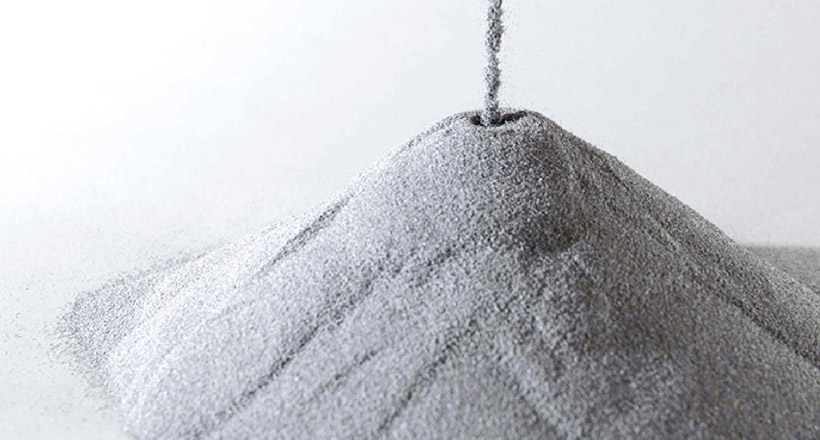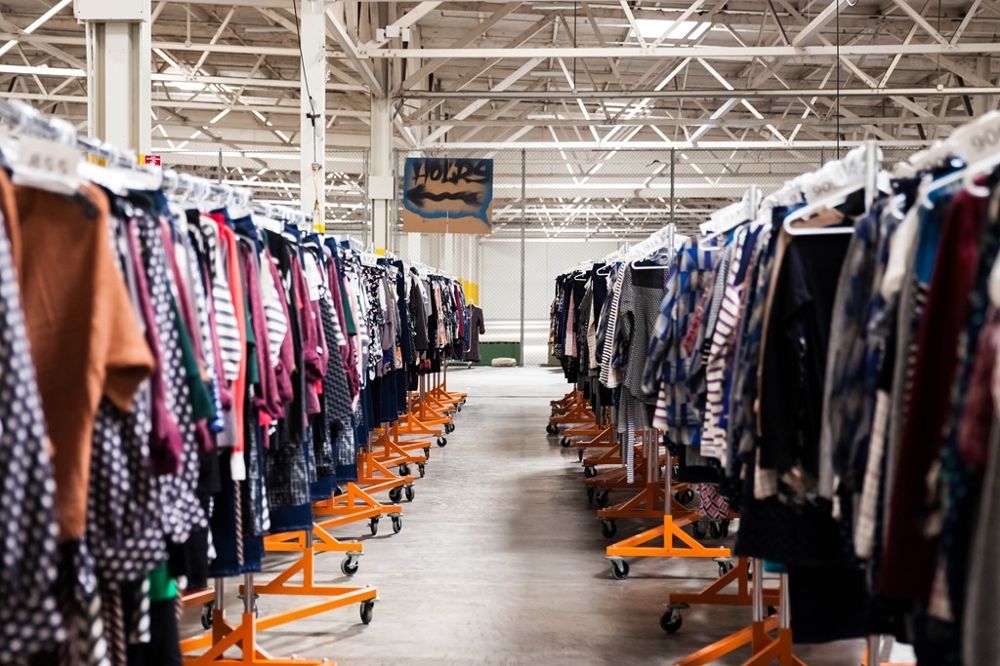More companies are exploring 3D printing to further the production of various industrial parts, including those made from metal. Though current capabilities show promise, one of the major obstacles affecting this pursuit is the quality of powdered materials used in the extrusion process. Now, there is an emerging industry of 3D printable metal powder producers that may revolutionize the way parts and components are created.
Typically, metal parts are formed starting with standard bar, block, or sheet metals, which are then machined and manipulated into various forms. For example, you can see how the diverse range of washers and shims available at www.superiorwasher.com requires an extensive stock of more than 20,000 square feet of raw material. The goal of some companies is to see that type of metal manufacturing stock exist in powdered form.

GE has made significant investments in printable metals and tech companies exploring their development, as shown through their acquisition of Advanced Powders & Coatings Inc. (AP&C), which is now a GE Additive Company. They are one of the fastest growing organizations in a rapidly changing industry.
Among the key challenges for making metal powders a viable alternative to more conventional materials are stringent requirements associated with additive manufacturing processes. As metal powders are extruded and layered to create various 3D forms, there can be issues with density, smooth flow of material, and consistency.
AP&C has focused on solving those problems through the development of powders that, according to representative Ethan Peress, “exhibit excellent flowability and a high packing density” when used with laser powder bed technology. In a video featured on Engineering.com, Peress explains how the minimal satellite contents and sphericity of AP&C’s titanium and nickel superalloy powders contribute to a more fluid additive manufacturing process and higher density printed parts.
The company states that these qualities result in an exceptional material that’s perfectly suited to this revolutionary manufacturing technology. They have also worked to address problems with packing and storing of such fine powders, as moisture and other environmental conditions can compromise quality and performance. AP&C has created their own specialized packaging method for mitigating such occurrences.
Though additive manufacturing with metals is still considered quite limited, these types of developments in powdered materials could accelerate the adoption of 3D printing technology by more industrial manufacturers.





